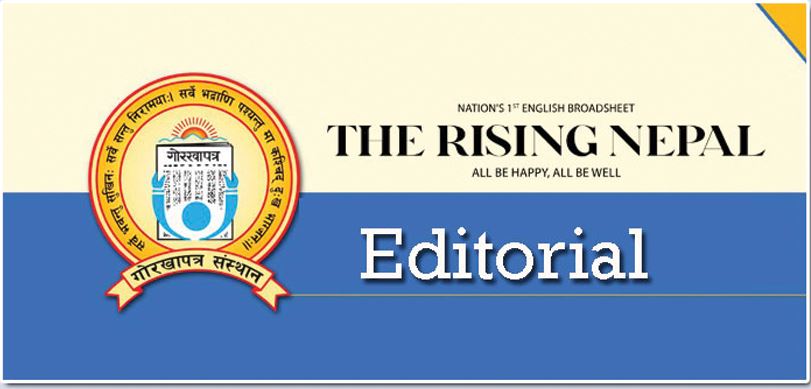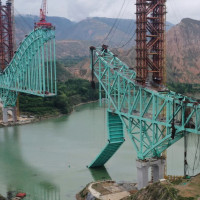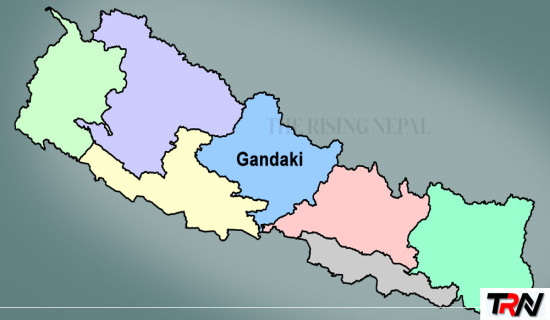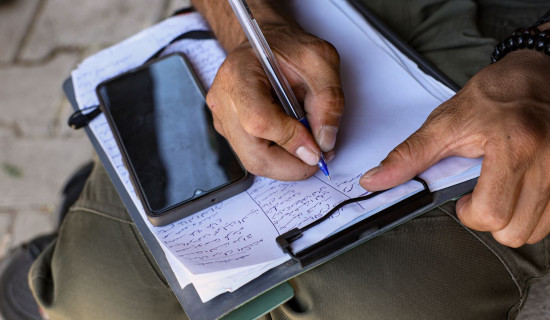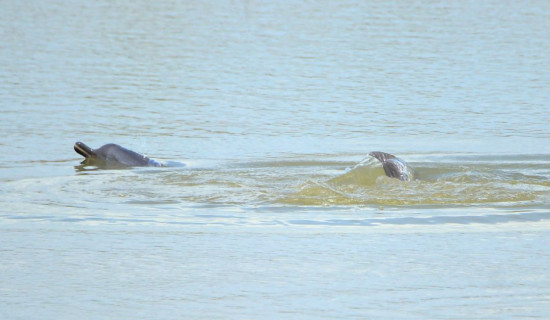- Sunday, 24 August 2025
Water Crisis In Madhes
The Tarai in the southern part of the country faced unprecedented drought this monsoon. The prolonged dry spell in July not only affected paddy plantations but also resulted in the acute shortage of drinking water, prompting the Madhes Provincial Government to mobilise tankers and even fire trucks to supply water in the drought-hit settlements. When the wells and tube wells dried up with depleting groundwater levels, the residents faced an acute drinking water shortage. Paddy plantation normally reaches its peak in July in Madhes and elsewhere, but this year, the paddy fields in many places of Madhes remained barren till the first week of August for lack of rain.
Even in areas where farmers had managed to plant paddy using water from limited irrigation facilities, they failed to protect the seedlings when the drought situation persisted. The drought situation was so bad that many people were unable to get water to drink and cook, not to mention irrigating the fields where paddy seedlings were planted. Considering the impact of drought, the government declared the entire Madhes Province a drought-stricken zone, and Prime Minister KP Sharma Oli inspected Mahottari and Bara districts on July 26. During his inspection, he announced government plans to install 500 deep-boring systems, with each having a capacity to irrigate 60 bighas of land. However, once it started raining in the second week of August and farmers managed to plant paddy, the plans to install the deep-boring systems may not proceed ahead as per the announcement.
However, the latest situational report of the International Centre for Integrated Mountain Development (ICIMOD) published in this daily the other day said that the province could face an acute water crisis even in the coming years as well. The report also identified the causes of the water crisis and its effects on people's livelihoods. A combination of erratic and deficient rainfall and depleting water levels led to the water crisis, and this crisis could recur if measures are not taken to address similar problems in the future. The root of the crisis is the degradation in the Chure hills, which cascades downstream. We have noticed an excessive exploitation of the Chure hills standing just north of the Tarai over the years. As the Chure hills serve as the source of water for the Tarai, their senseless exploitation has resulted in the present water crisis. If exploitation of Chure continues, the crisis is sure to deepen in the coming years.
Madhes is also the grain store of Nepal. And if the drought situation recurs, production of rice, the main staple food, will fall, posing a challenge to food security. Even this year, when the rainfall was delayed, paddy plantation was done only in 86. 35 per cent of the paddy fields in Madhes against 97 per cent last year. This means that paddy was not planted in over 13 per cent of paddy fields this year. A reduction in the plantation area will obviously result in less rice production. Moreover, the paddy planted after mid-August does not yield well, and many farmers in Madhes planted paddy only after mid-August this time.
As such, the government should act promptly before it is too late to address the problems that could arise from the decrease in paddy production. Likewise, the report of the ICIMOD should come as a warning that the Madhes will face a water crisis in the coming years, and the government should act accordingly to avoid the crisis. Even the installation of the proposed 500 deep-boring systems before the arrival
of the next monsoon could help reduce the impact of the water crisis to some extent.

